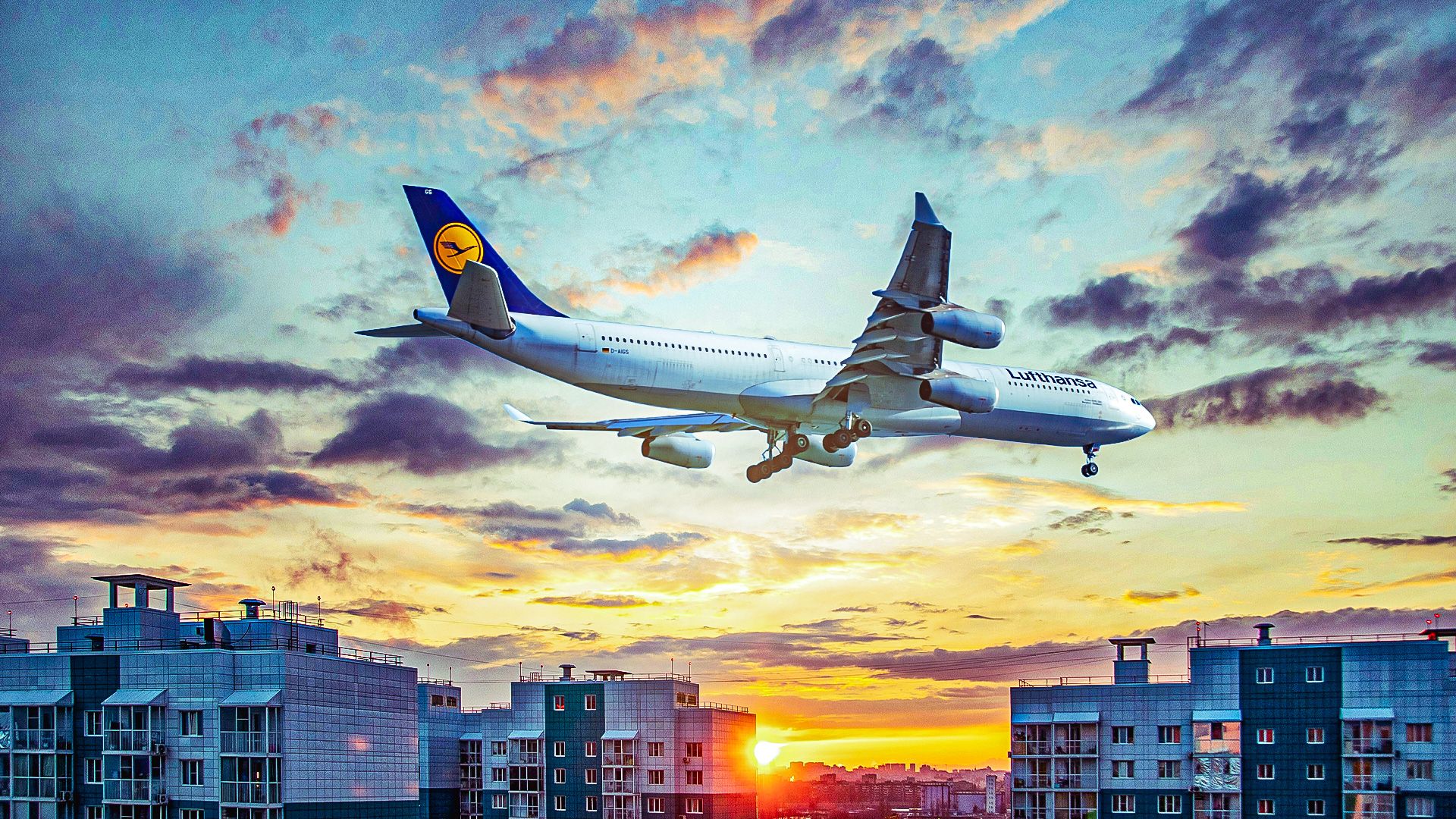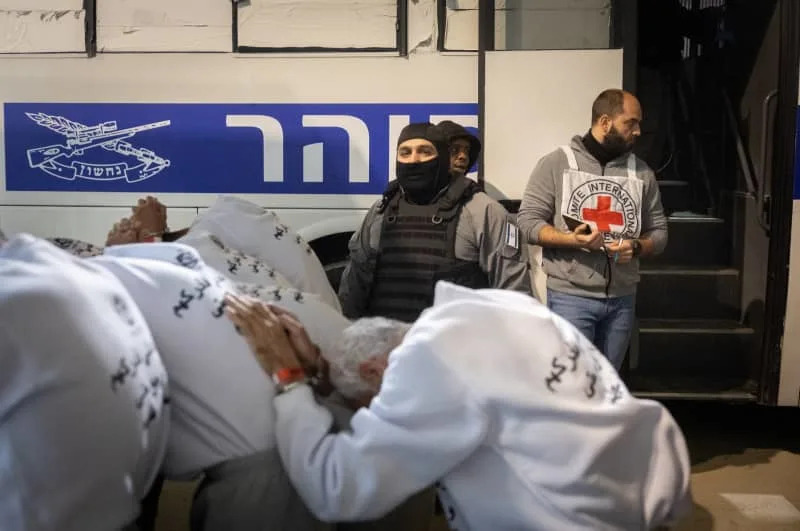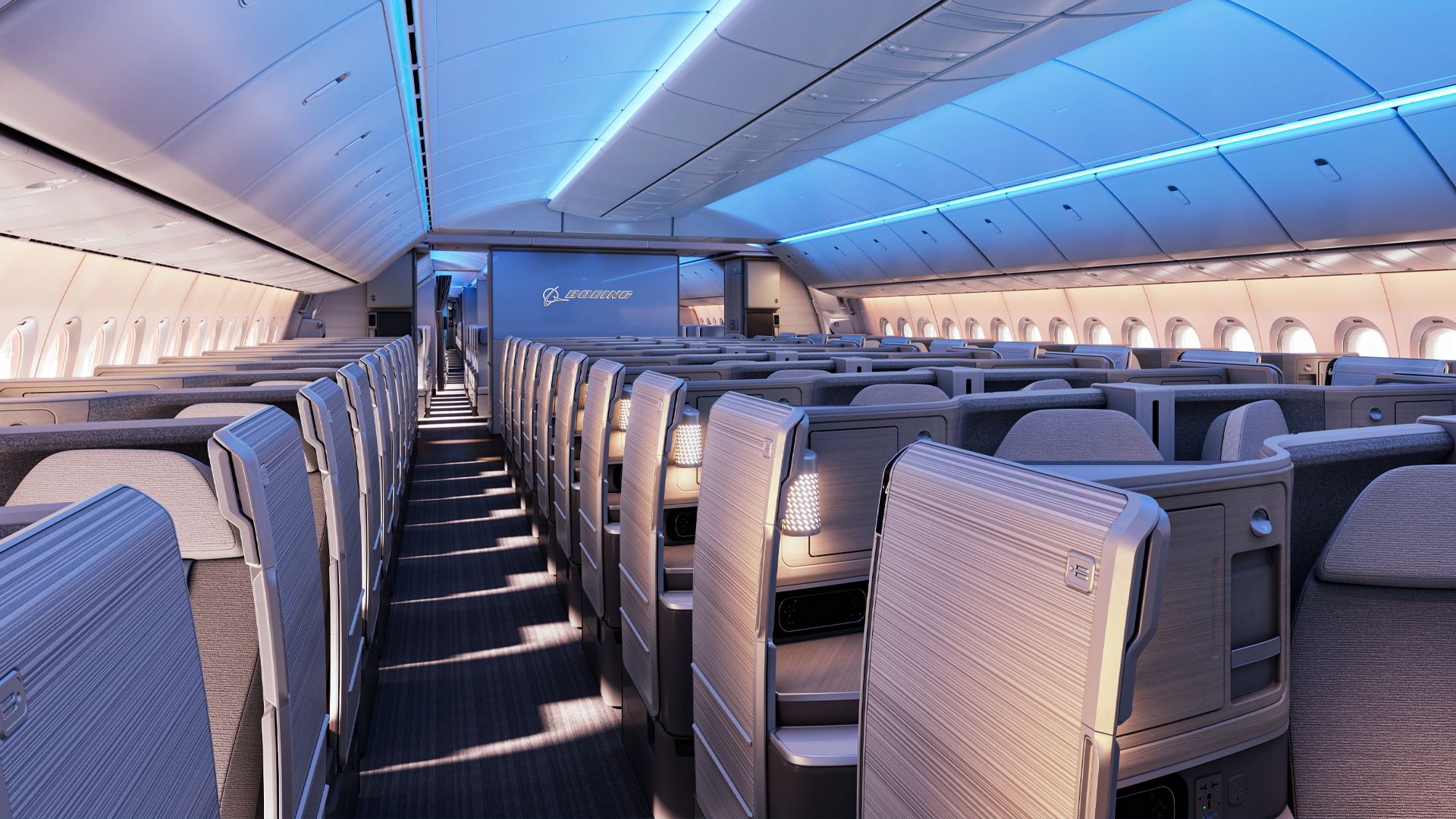Lufthansa has announced a significant reduction in its Airbus A340 flights to the United States, cutting the number of scheduled services by nearly 50% for the upcoming winter season. This reduction translates to over 500 fewer one-way flights compared to the previous year, as the German airline shifts its focus to more modern aircraft like the Boeing 787-9 Dreamliner.
The decline of the Airbus A340 is indicative of a broader industry trend where airlines have increasingly favored twin-engine aircraft for their better fuel efficiency and lower operating costs. The A340, which entered service in 1993, was once celebrated for its four-engine design. However, as market dynamics evolved, the aircraft has become less prevalent. Currently, Lufthansa operates 17 A340-300s and 14 A340-600s, with average ages of 26.1 and 19.6 years, respectively, according to data from ch-aviation.
Winter Flight Plans Reflect Changing Aircraft Preferences
In 2023, Lufthansa scheduled over 10,000 flights using the A340, including around 2,400 flights to various destinations in the United States. This winter, while the airline maintains a similar number of overall US-bound flights, the reduction in A340 services marks a shift in its long-haul fleet strategy.
According to aviation analytics provider Cirium, the A340 will continue to serve routes from Frankfurt to cities such as Denver, Boston, and New York JFK. However, the airline is reallocating many of its A340 flights to the more efficient Boeing 787-9. This transition reflects a strategic move to enhance its operational efficiency and reduce costs.
For example, Lufthansa’s service to Atlanta, which was primarily operated by the A340-300 last winter, will now transition to the Dreamliner starting November 20. The Frankfurt–Denver route is similarly affected, with the A340-600 being replaced by the smaller A340-300 for the upcoming winter season.
Specific Route Changes and Future Outlook
Lufthansa’s deployment of A340-300s will see a dramatic decrease this winter, with around 387 one-way flights scheduled for US routes, down from 564 during the same period last year. The airline’s strategy includes a mix of aircraft for certain routes, such as Detroit, where the A340-300 and A340-600 will alternate with the Dreamliner throughout the season.
The airline’s long-term plans for the A340-600 remain uncertain. Initially expected to phase out the fleet by late 2025, delays in the delivery of new aircraft have necessitated an extension of its operational life. Currently, Lufthansa has scheduled only 173 flights for the A340-600 this winter, a steep decline from the 550 flights operated last year.
As demand for air travel continues to evolve, Lufthansa’s adaptations highlight the challenges and opportunities facing legacy carriers in a competitive landscape. The transition from older models like the A340 to modern aircraft is not only a response to economic pressures but also a commitment to enhancing passenger experience and operational sustainability.







